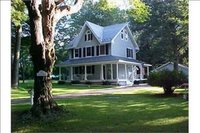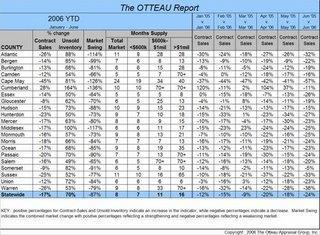Tell Them What You'll Pay
I've received a number of emails lately, which all asked the same question. If people are boycotting open houses, and not placing bids, how are sellers supposed to know that their homes are overpriced? It's a good question. Unless the sign in sheets are blank, and their home has been on the market a long time, they probably don't. Very few people in New Jersey are keeping as close a watch on the market as we are, agents included.
Instructions:
1) Open the Realtor.com website. Realtor.com
2) Pick a property that interests you (don't worry, this isn't a binding contract)
3) Cut and paste the property description into a reply here. Include the price, description, MLS number, and link (if you know how). Most importantly, include the price at which you would consider buying the property. No, not $1, not even $10, but the point at which you would give it serious consideration.
Here is an example to give you an idea of what we are all looking for:
--------

Chester, NJ - Asking $599,000
3 Bedroom Victorian, 1 1/2 Baths
MLS ID#: 2283475
I would give this property serious consideration at $475,000-$500,000.
This property has already been reduced from $619,000, not sure if it has been relisted. It was purchased in June of 2004 for $429,000.
--------
Don't worry about the additional details or photo that I posted, If you don't have MLS access, someone who does can follow up with further details about the purchase price, price history, days on market, etc.
Caveat Emptor!
Grim

